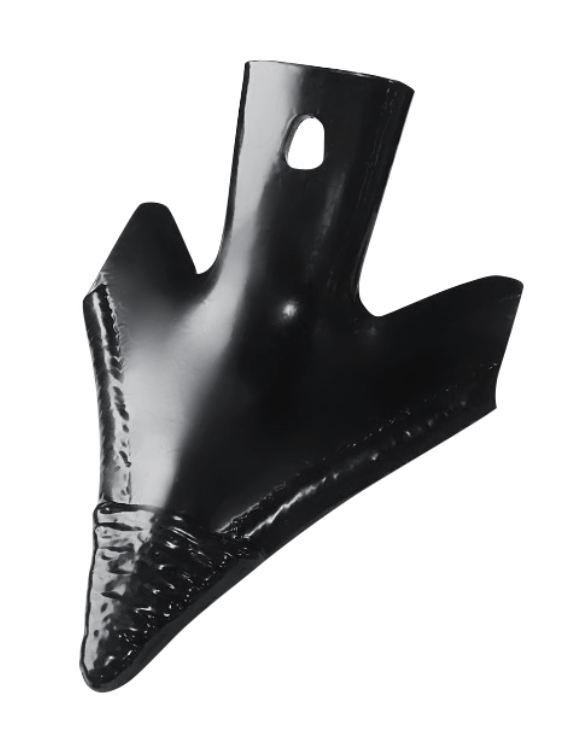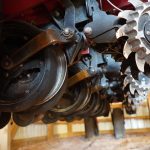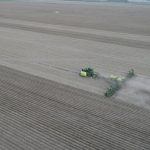What is CMT hardfacing?
A key advantage of choosing Wearparts as your preferred supplier of replacement tillage parts is that all our products are assembled and tested right here in Nebraska.
While our tillage parts are manufactured around the world – mostly in Europe and South America – everything comes to our HQ to receive final sign-off before we distribute to our dealer network. This also means we are able to offer additional services, like modifications, on many of our most popular product lines.
One of the main modification services we offer is CMT hardfacing – a welding process that is completed by our in-house team of specialist welders, and can significantly extend the wear life of ground-contact components.
But what exactly is CMT hardfacing? What are the benefits, and how does it differ from conventional welding? Let’s take a closer look.
How is CMT welding different?
The CMT process uses much of the same equipment as conventional welding and essentially ‘looks’ the same – but there’s a key difference. Conventional welding uses an electrical arc to generate heat. The arc is created by a short circuit that occurs when the electrode comes in contact with the metal, causing it to melt. The process produces continuous heat that builds as the weld is carried out.
CMT welding is different because it uses an alternating AC/DC current that retracts the wire electrode when a short circuit occurs. This occurs in a pulsing rhythm which means the weld has time to cool before each drop is placed, which makes the process smoother and less messy. It also means that the majority of the heat remains within the electrode, instead of transferring to the base metal being welded. Using this process to protect the base metal from excessive heat removes the risk that it will become diluted with the filler metal from the melting electrode, which could affect its inherent properties and make it weak. It also eliminates the risk of warping and distortion that can occur when metal is heated to extremes. This means that the CMT process is much better adapted for welding thin metal.
What are the benefits of CMT welding?

CMT welding has some clear benefits both during the process itself and in the finished weld.
Because the process allows for much more precise placement of the filler metal, there’s no need to worry about spatter. This makes it an ideal process for application in hard-to-reach places, or where spatter might damage surrounding components.
CMT delivers a very smooth, uniform-looking weld which, as well as being more aesthetically pleasing than the bumpy surface of a conventional weld, has some additional benefits for products such as our replacement tillage parts. The clean edge of a CMT weld is smooth and thin, which means products like sweeps, ripper points and coulter wheels remain sharp and precise while also being much longer wearing.
Finally, the CMT process helps to guarantee the strength of the finished product. At lower temperatures, the base metal doesn’t become diluted by the weld wire as it melts, which often happens in conventional welding, effectively turning the welded metal into an alloy, which is much harder but has lower tensile strength. As a result, the welded portion can be brittle and more prone to breakage. CMT keeps dilution to a minimum so the base metal remains inherently strong and flexible, which in the case of our replacement tillage parts, means a much-reduced risk of breakage in the field.
To find out more about our CMT hardfacing service, get in touch!




